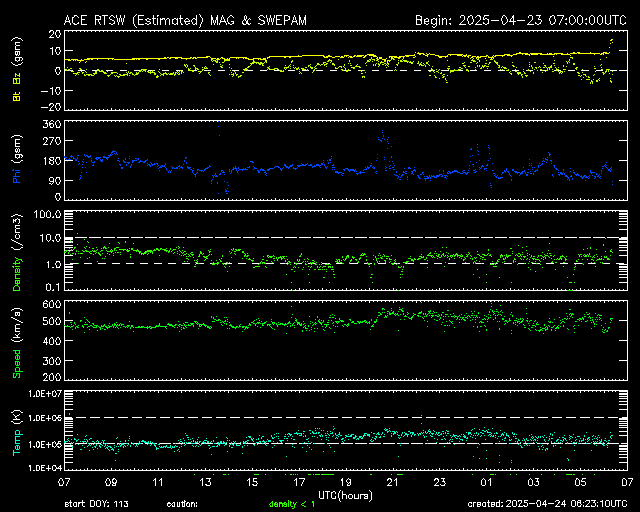Electromagnetism
Discussion
introduction
Keep it historical and descriptive
The hand rules as I learned to number them. (The numbers are unimportant by the way.)
Oersted's observation of the field around a straight current carrying wire.
Move on to a loop of current carrying wire. Note how coiling the wire up produces a region of diverging field lines on one side (a north seeking magnetic pole) and a region of converging magnetic field lines on the other side (a south seeking magnetic pole). Introducing the solenoid.
The source of all magnetism is moving charge.
geomagnetism
This section is intended to be a discussion of magnetism on the large scale, not limited to the magnetic field of the Earth (although that will be its primary focus). Perhaps this section should be title "megamagnetism".
Start on the surface. The north magnetic pole of the Earth is currently in the Arctic Ocean near the north geographic pole. The south magnetic pole of the Earth is currently in the Indian Ocean near Antarctica.
The poles move a few kilometers every year. Since the 1990s, the north pole has been moving away from Canada and toward Siberia at the rate of about 35 km/yr.
Work your way down into the Earth
- magnetic axis and geographic axis aren't aligned
- gradual drift of magnetic poles
- source of geomagnetism is convection of charged outer core
- inner core is hotter than Curie temperature
- inner core spinning faster than Earth
- field reversals on a time scale between human and geologic, something like the time scale between ice ages, episodic not periodic
- geomagnetodynamics
Then work your way out into space.
The effective reach of a celestial body's magnetic field is known as its magnetosphere. The Earth's magnetosphere is compressed on one side and stretched out on the other by the solar wind. It extends about ten Earth radii towards the Sun and a thousand away from it.
- magnetosphere
- magnetopause
- current sheet comes from the downwind portion of the magnetosphere
- van allen radiation belts
- aurora
 |
 |
 |
 |
keep going out to the Sun, then work out from the Sun to the edge of the solar system
- sunspots are magnetic storms, sunspots always occur in pairs
- termination shock
- heliopause
- bow shock
end with the galactic magnetic field